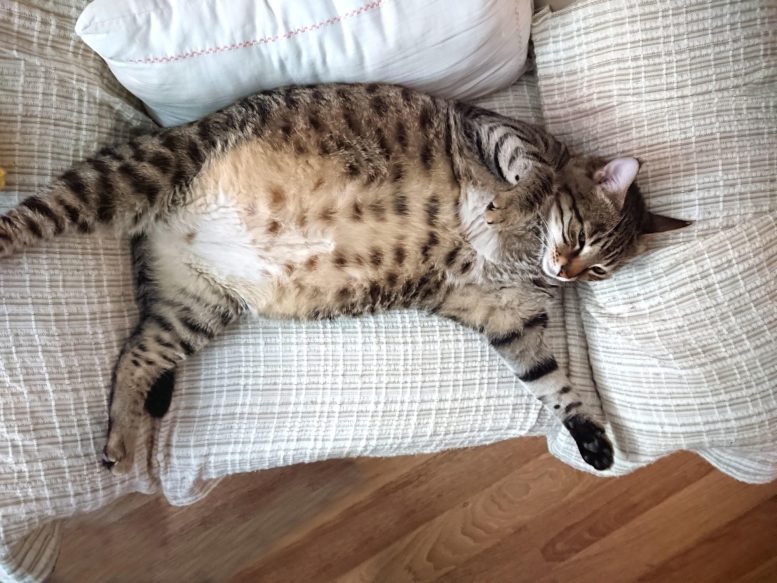
A study by the University of Illinois Urbana-Champaign reveals the impact of overeating on cats’ digestive systems and gut microbiota. The research involved 11 cats and showed that unrestricted eating led to significant weight gain, altered gastrointestinal transit times, and changes in fecal microbiota and acidity. These findings contribute to understanding pet obesity and inform strategies for weight management, such as restricted feeding and promoting physical activity.
Cat owners want their pets to be happy, yet overfeeding can lead to unintended outcomes. The prevalence of feline obesity is increasing, affecting cats’ health, lifespan, and overall well-being. A new study from the University of Illinois Urbana-Champaign looks at what happens in the digestive system and gut microbiota when cats eat too much.
“About 60% of cats in the U.S. are overweight, which can lead to health problems such as diabetes and chronic inflammation. While many studies have investigated feline weight loss, there has been little focus on the opposite process, which is also important. In this study, we wanted to learn more about the metabolic and gastrointestinal changes that occur as a result of overeating and weight gain in cats,” says study co-author Kelly Swanson, professor in the Department of Animal Sciences and interim director of the Division of Nutritional Sciences (DNS), part of the College of Agricultural, Consumer and Environmental Sciences (ACES) at U. of I.
Methodology and Initial Findings
The study included 11 adult spayed female cats. They were fed a standard dry cat food and after two weeks of baseline measurements, they were allowed to eat as much as they wanted. The researchers collected blood and fecal samples at regular intervals and monitored physical activity.
Once the cats were able to overeat, they immediately increased their food intake substantially and started to gain weight. At the onset of the study, their average body condition score (BCS) was 5.41 on a 9-point scale. After 18 weeks of overfeeding, it had increased to 8.27, corresponding to being 30% overweight. BCS is equivalent to body mass index (BMI) for humans, and 6 or above is considered overweight, Swanson said.
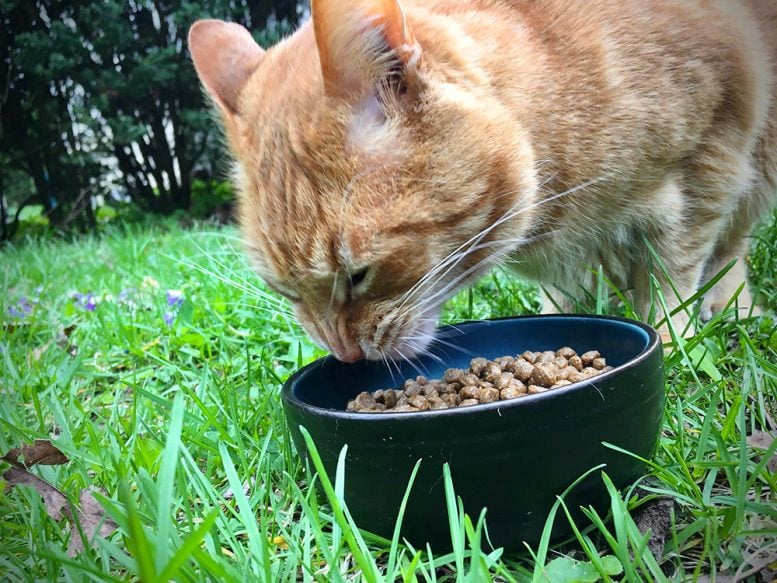
When cats overeat and gain weight, it affects their digestive system and gut microbiota, University of Illinois researchers found. Credit: Lauren Quinn, University of Illinois
The researchers analyzed changes in fecal output, gastrointestinal transit time, digestive efficiency (nutrient digestibility), and microbiota bacterial composition over the 20-week duration of the study.
Gastrointestinal Transit Time and Fecal Changes
“We found that as cats ate more and gained weight, gastrointestinal transit time was reduced, and so was digestive efficiency. When the body gets less food, it will be more efficient in extracting nutrients. But when the amount of food increases, it passes through the digestive system faster, and fewer nutrients are extracted in the process,” Swanson explained.
The researchers also found significant changes in gut microbial composition between the lean cats at baseline and after 18 weeks of weight gain. The relative abundance of Bifidobacterium, which has antimicrobial activity, inhibits pathogens, and stimulates the immune system, increased, while Collinsella, which degrades fiber and has been linked to pro-inflammatory diseases, decreased. These results are opposite to what has been measured in overweight humans and suggest that their association with weight gain is complex, Swanson noted.
“The change in the gastrointestinal transit time was a novel finding and a potential reason for the change in fecal microbiota. Future studies should consider measuring transit time to better explain modifications to the microbiome of pets,” he added.
As the cats’ food consumption grew, so did their fecal output. In other words, as they ate more, they also pooped more. At the same time, fecal pH decreased, meaning that the stool became more acidic.
“In humans, a low fecal pH indicates poor absorption of carbohydrates and fat. Our findings correlate with this, as reduced fecal pH aligned with higher food intake and reduced digestibility,” Swanson said.
Physical Activity and Weight Gain
The researchers also measured the cats’ activity levels with a monitor attached to a collar. The cats were housed in a group setting where they were able to interact with each other and play with toys, except for the days when stool samples were collected.
“We expected that weight gain might lead to decreased physical activity, but we did not observe any consistent changes in activity level. However, this could vary with individual cats and their environment, and how much their owners interact with them,” Swanson stated.
Implications for Pet Obesity Management
Understanding the metabolic and gastrointestinal changes that occur with weight gain and obesity in pets may help with future prevention and treatment plans, the researchers conclude.
Pet owners who want to help their cats lose weight can employ various strategies. In another new study, Swanson and his co-authors showed that restricted feeding can promote safe weight and fat loss in cats. The researchers also suggest pet parents encourage activity in their feline companions. For example, they can stimulate foraging by placing food around the home, or use food puzzles during mealtime to promote engagement and mental enrichment.
After the conclusion of the weight gain study, the 11 cats were put on a restricted-feeding diet that helped them return to normal weight.
References: “Effects of overfeeding on the digestive efficiency, voluntary physical activity levels, and fecal characteristics and microbiota of adult cats” by Danielle L Opetz, Patricia M Oba and Kelly S Swanson, 29 September 2023, Journal of Animal Science.
DOI: 10.1093/jas/skad338
“Effects of weight loss and feeding specially formulated diets on the body composition, blood metabolite profiles, voluntary physical activity, and fecal metabolites and microbiota of overweight cats” by Danielle L Opetz, Patricia M Oba, Darcia Kostiuk, Janelle Kelly and Kelly S Swanson, 29 September 2023, Journal of Animal Science.
DOI: 10.1093/jas/skad332
The first study was funded by the USDA National Institute of Food and Agriculture. The second study was funded by Champion Petfoods Holding, Inc., Edmonton, Canada.

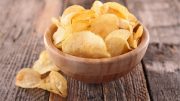
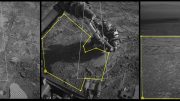

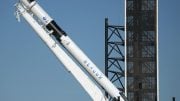
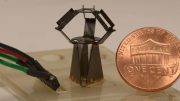

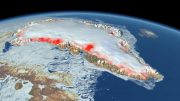
Be the first to comment on "What Happens When Cats Get Fat? Scientists Weigh In"